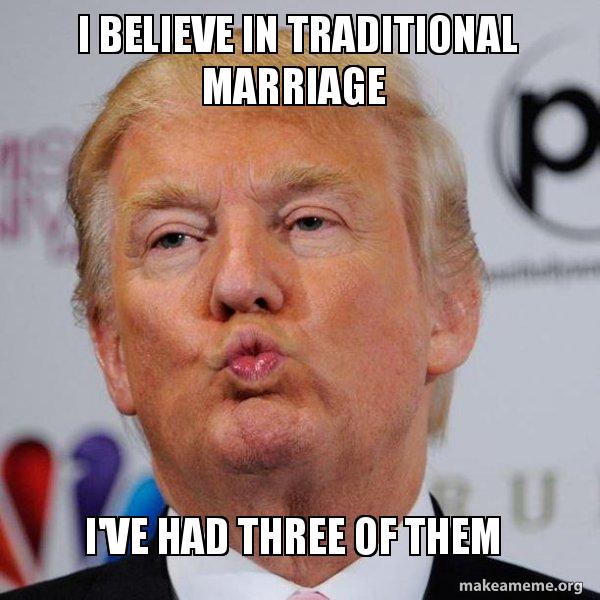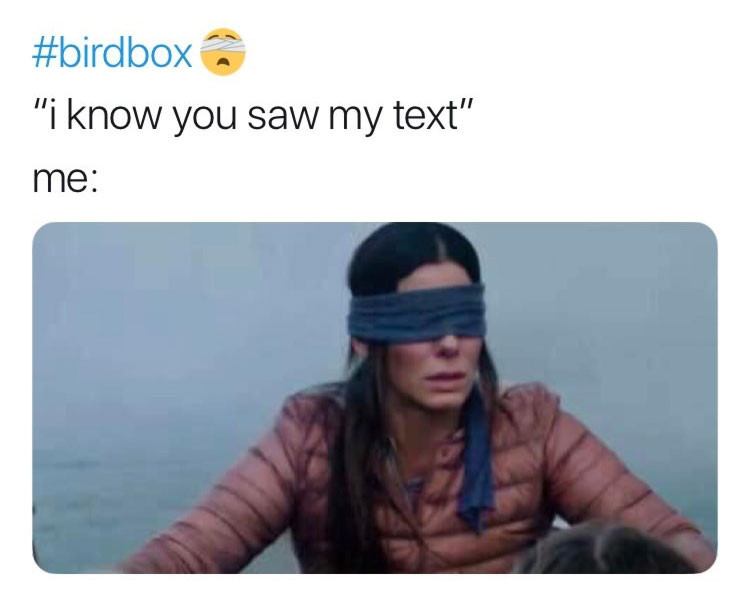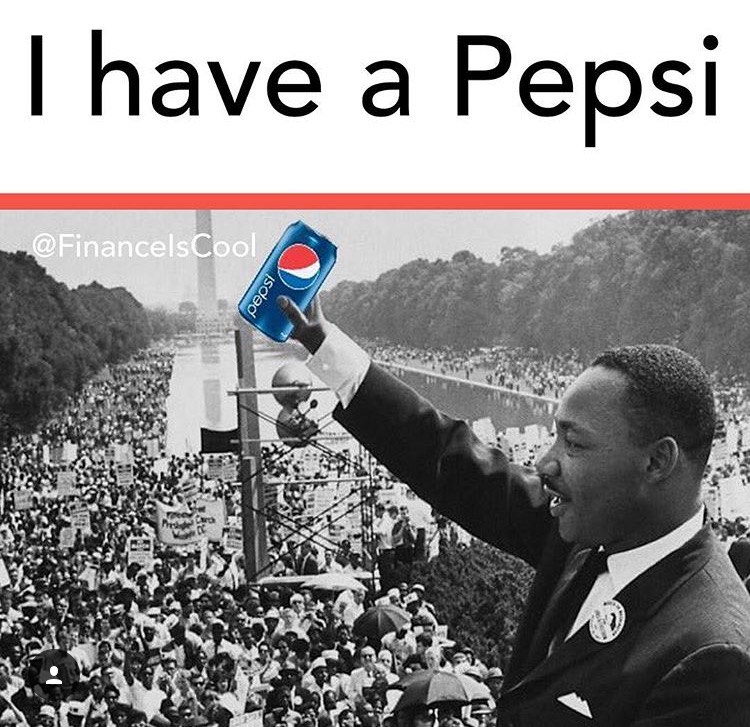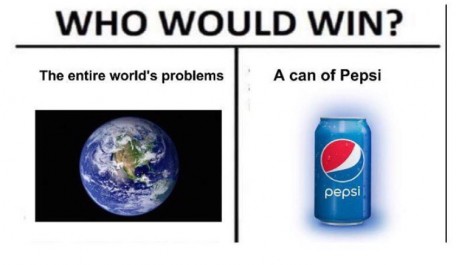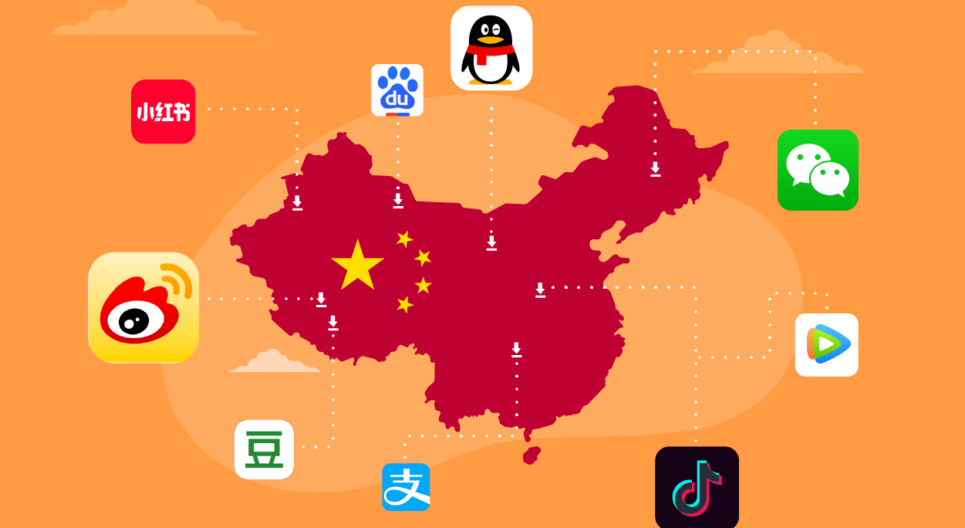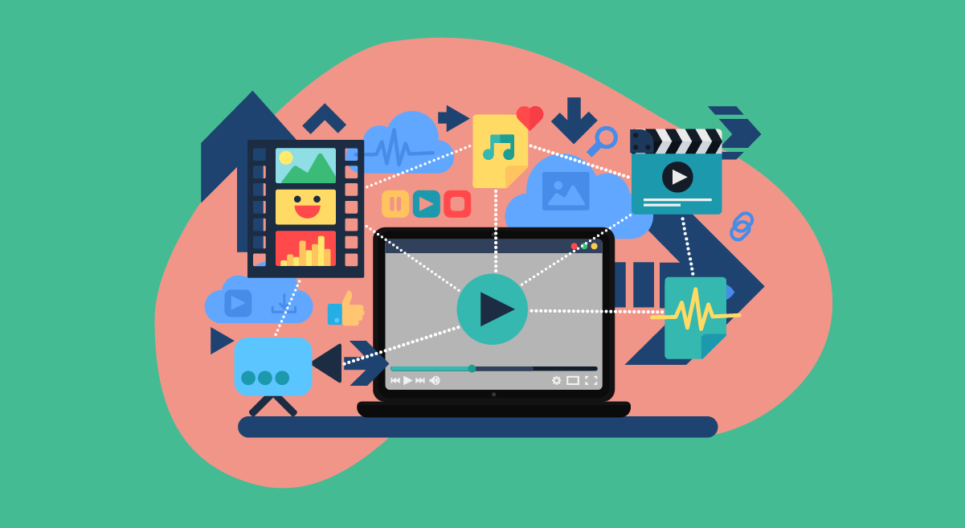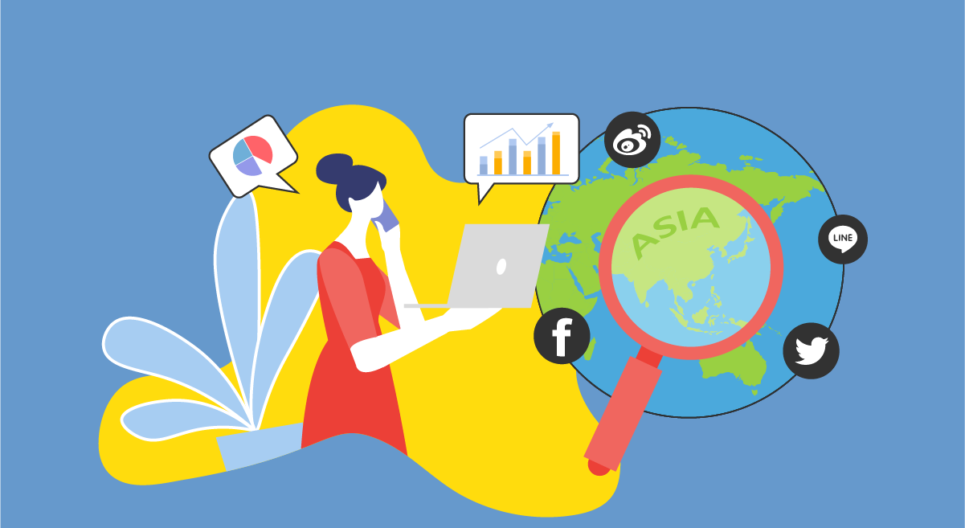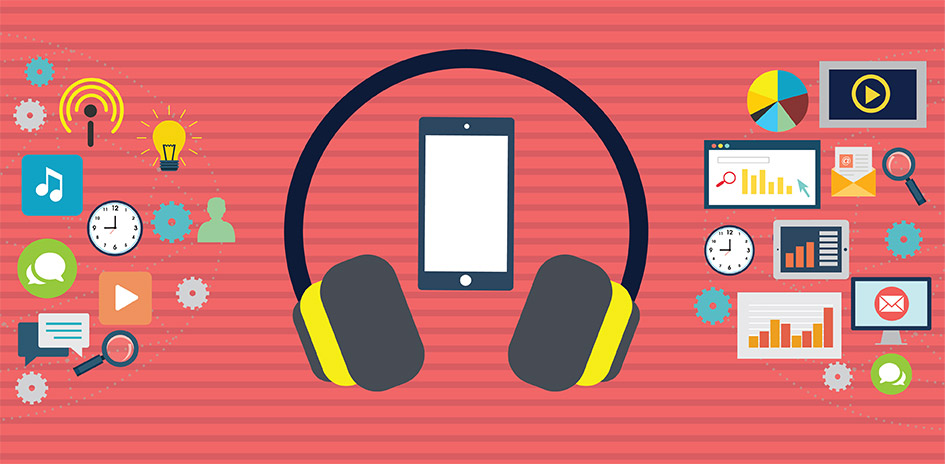

Memes are taking over the world
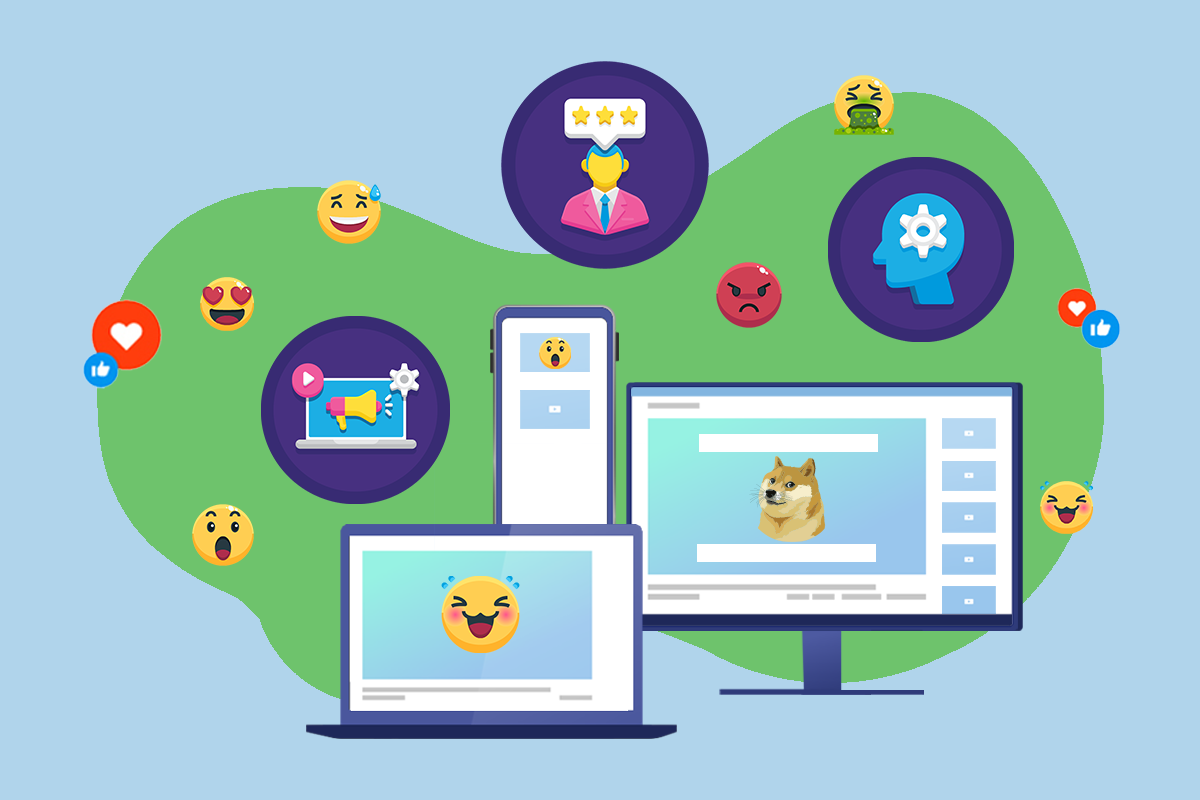
An Internet cultural phenomenon, memes hold more power than you think.
If you’re reading this, you’re probably internet-savvy enough to know how to navigate to our Click2View blog page. This means, you probably know what a meme is, or at least have seen one before, even if you aren’t exactly sure what they are.
A once-tiny corner of the Internet turned full-blown cultural phenomenon, memes are now part of our life in the digital world.
Know your meme
It’s hard to explain: memes (pronounced ‘meems’, and not ‘me-mes’) are pieces of digital media that spread rapidly across the Internet, often with slight variations to convey a particular idea. Typically humorous in nature, memes can take different forms, including video or fads like planking or the ice bucket challenge. But they are most commonly images overlaid with a text caption, like this:
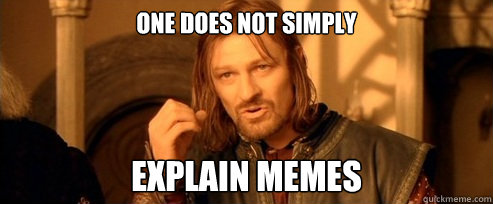
The term “meme” was actually coined by the evolutionary biologist Richard Dawkins in his 1976 book The Selfish Gene. He describes a meme as a behavioural equivalent of a gene — an idea, behaviour or style that spreads from person to person within a culture.
Meme culture comes with its own set of features. Anonymity is a big part of it — most of the time, no one knows the exact source of each meme. They also generally lack a stable point of reference, meaning that viewers need to tap into their own existing knowledge of pop culture to make sense of the meme.
The power of memes
Meme culture is one of the defining features of today’s world. Despite their reputation, memes can be seen as a legitimate source of influence over society.
Social influence
Memes are often built upon pop culture and current affairs, which means they play a large part in terms of social commentary.
Recently, the Straits Times published an article that included a poll of the top essential and non-essential jobs in Singapore. The idea was to showcase how people shun doing the very jobs that they themselves deem to be ‘essential’. However, the newspaper’s decision to publish an infographic of the poll results that included the top non-essential jobs sparked furore, as artists emerged number one on the list.
Very quickly the memes descended, as the rest of the public made their opinions known:
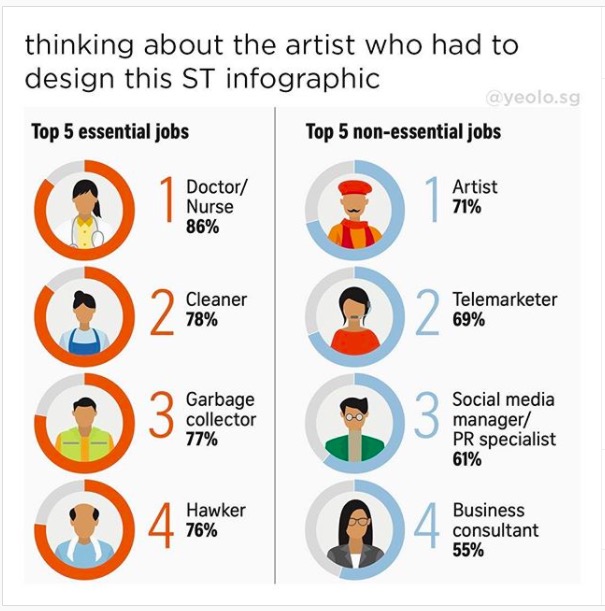
The act of sharing a meme is also an agreement with the contents of the meme. If people share a meme that’s related to social issues, apart from the humour and entertainment factor, it is also a signal of where they stand.
The politicisation of memes
Memes have also been politicised. Aimed at rallying support online, as well as inflicting a few jabs at their opponents, memes are now a weapon in the politician’s arsenal of campaign tools. Perhaps the media-savviest of them all, Trump invited right-wing meme artists for a ’social media summit’ at the White House last July.
In many ways, memes are this era’s political cartoons, but digitalised. It is now easier for people to express their stance on political issues as well, like this criticism on the right wing perspective of “traditional marriage”:
Or this one, on Hillary Clinton’s email controversy:
Depending on how they’re wielded, memes can be a force for change as they encourage conversation about otherwise serious topics.
Johnniqua Charles became a meme sensation for unintentionally penning an anti-police brutality anthem amidst the recent waves of protests. After being detained by a security guard outside of a club, she was filmed singing “You about to lose yo job” after asserting her right to know why she was being detained. After the video went viral, several DJs even took to remixing it into a new song. In Baltimore, it became an actual protest chant.
When it comes to political issues, the rich and powerful in society are the ones who traditionally call the shots. In many ways this still applies today, but memes make politics less highbrow and more accessible for the general public.
Now everyone can express their opinions. And when public opinions are expressed as a collective whole, it can put enough pressure on the ruling class to listen to what the masses have to say.
Dark side of meme power
In many ways, memes serve as a symbol that can unite people in terms of their beliefs or opinions. While they can give a voice to those who are disenfranchised, memes also make it easy for extremist groups to further their controversial agendas.
Many of these alt-right groups use memes to disseminate radical white nationalist messages. The cartoon Pepe the Frog has been descended upon by radicals, who have twisted the once-adorable character into a sick symbol of hate, with the intention of spreading racist and anti-Semitic messages online.
It sounds absurd that a cartoon frog has managed to become tied to white supremacy, but this situation is a testament to just how powerful memes have become in society, with implications that extend way beyond the digital realm.
Curiously, Pepe the Frog later became a positive symbol to Hong Kong’s pro-democracy protestors, proving memes’ flexibility and the fact that context is everything.
Meme marketing
With this much social, cultural and even political influence, memes are an increasingly important aspect of social engagement when it comes to viral marketing as well.
Compared to a full-blown advertising campaign, memes are an easy and cheaper (if not free) way for brands to market on social media. All that’s required is a little bit of creativity on the part of whoever handles the social media accounts.
More than that, it is the viral factor that makes memes such a good marketing strategy. With a good meme, social media users will handle all the publicity work by sharing and re-sharing that meme across a multitude of platforms or send them to people they know.
Even though it was not intended to be an official campaign, the Netflix original film Bird Box is a prime example of meme marketing.
Considered largely disappointing by many critics, Netflix revealed that 45 million accounts watched the film in its opening week. The memes that surrounded Bird Box have a context thatcould only be understood by watching the film. This piqued the curiosity of many, who ended up streaming the film just so they wouldn’t miss out.
By using pop culture as a communication strategy, memes are easily relatable to a large general audience. Anyone can weigh in on the topic or leverage the use of that meme in a conversation, even if they are not consumers of that particular brand. Moreover, the light-hearted nature of memes gives the impression that the brand and its consumer base are in on the same joke, which helps the business connect with their audience.
However, meme power can be a double edged sword when it comes to marketing. Using a meme incorrectly, or pulling off an ad campaign that becomes ‘meme-ed’ by the online community is an absolute PR nightmare; it’s akin to yelling about your mistakes with a loudhailer.
Just ask the PR department over at Pepsi, when their 2017 ad featuring Kendall Jenner was pulled after it was condemned for trivialising the Black Lives Matter protests to promote a soft drink. The backlash was swift, and so were the memes:
Even Bernice King, daughter of civil rights activist Martin Luther King Jr., took to social media to mock the insensitivity of the ad:
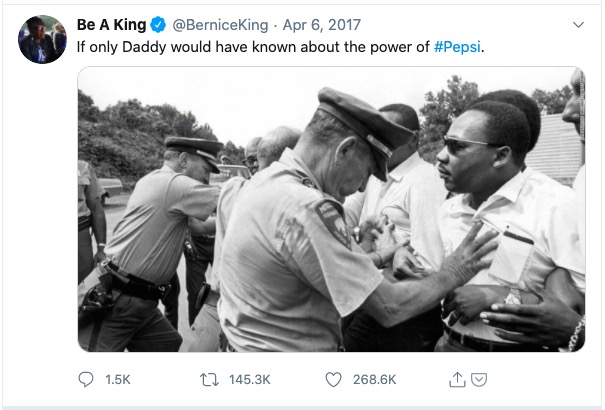
While memes are often related to current affairs, there is a fine line between monetising appropriation and actual social commentary. Brands might want to jump onto the latest bandwagon in an effort to seem up-to-date, but forcing a meme can also leave a bad taste in the audience’s mouth. And contrary to popular belief, not all publicity is good publicity.
Memes, or meme-like content, have often been viewed as a niche area. But truth is, the concept of meme marketing isn’t really new. As a core component of social media, and as social platforms become more prevalent, memes are just turning into a more mainstream content form — which ends up making them more available for content marketers to tap.
There’s no doubt meme marketing can be effective — minimal effort for maximum output. In fact, the best meme marketing happens spontaneously; a trend takes off and you hop onto it as it is still unfolding. But, utilising this outlet on social media requires responsibility and sensitivity. With the aforementioned results, could memes be an integral part of your marketing strategy?
Read more from Click2View:
- Have you seen the latest animation trends to try?
- Podcasting is becoming mainstream. Hear all about it.
- COVID is affecting everything, including ads. Shhh!
Sign up to our newsletter for more.
Click2View is Southeast Asia’s premiere full-service independent B2B content marketing agency servicing clients like Microsoft, Google, Visa, Prudential, and the Lee Kuan Yew School of Public Policy.




